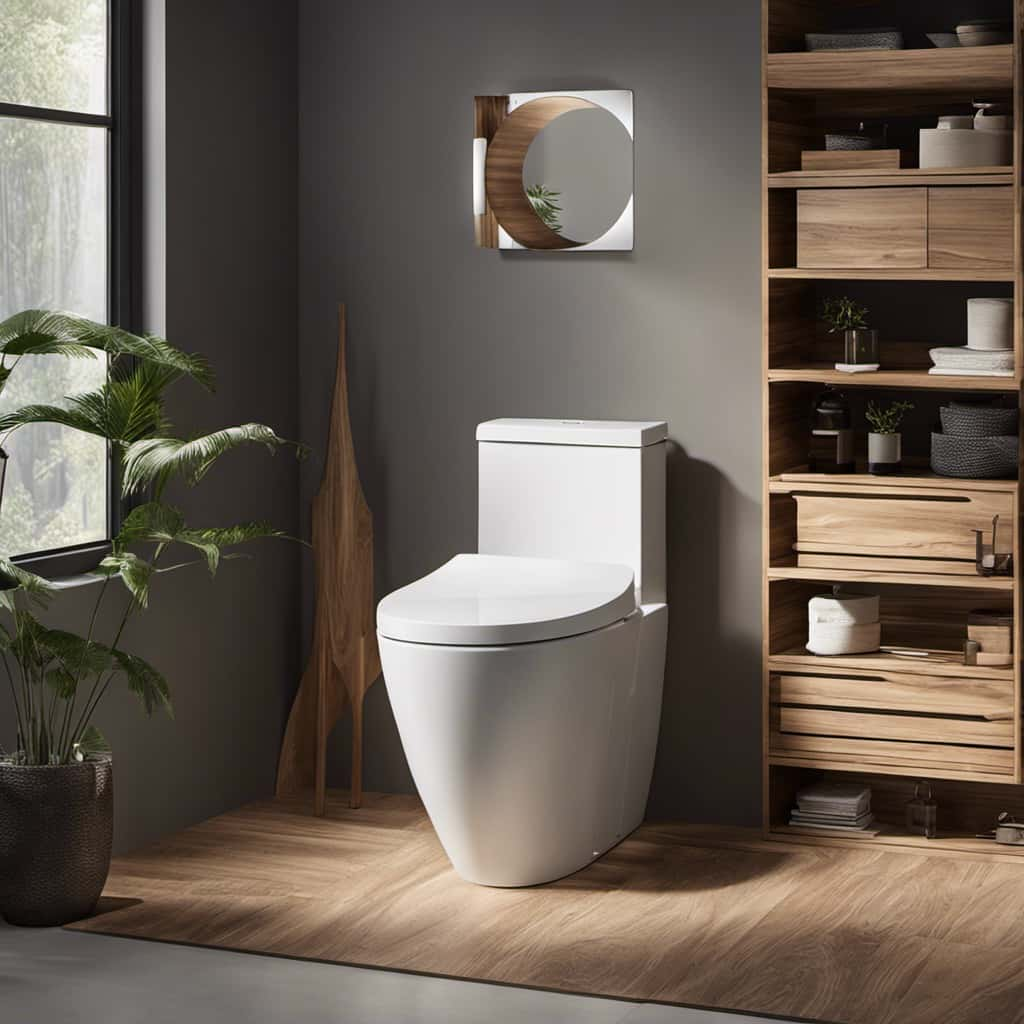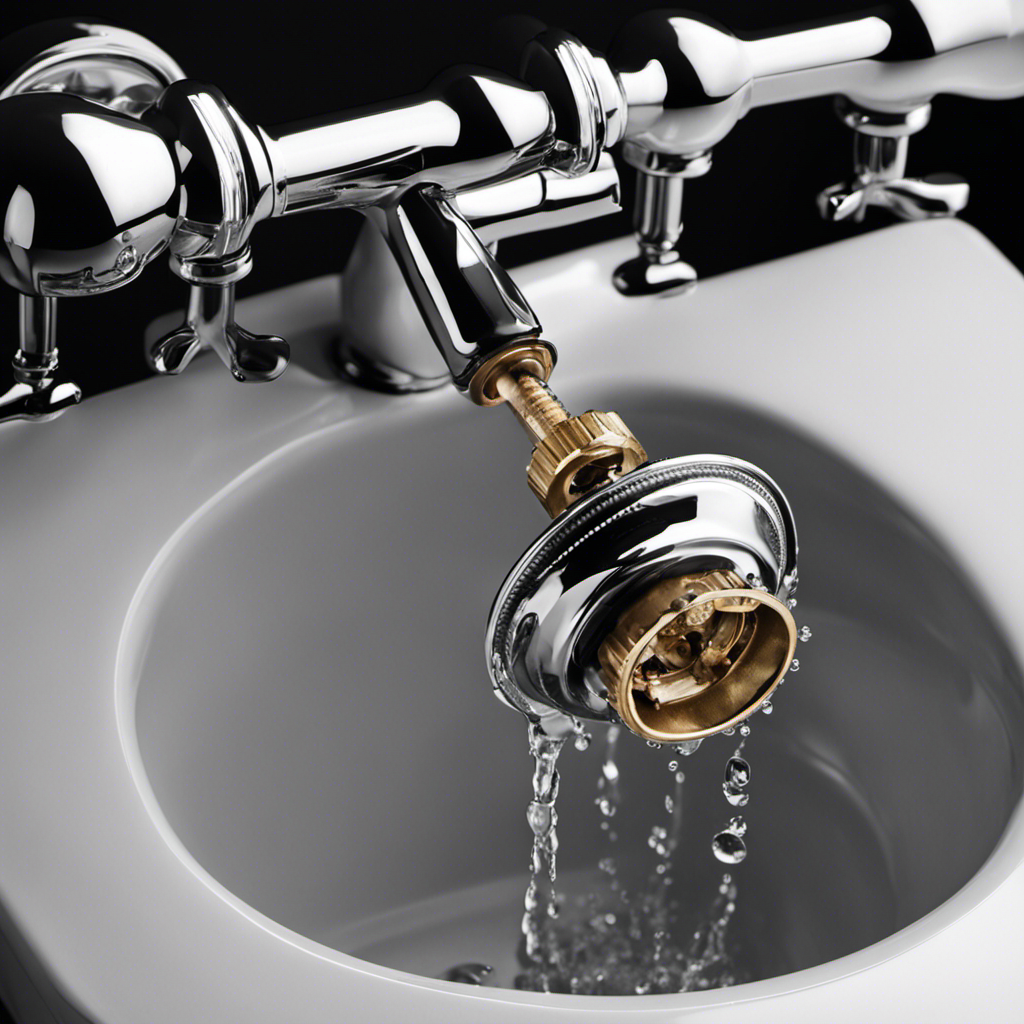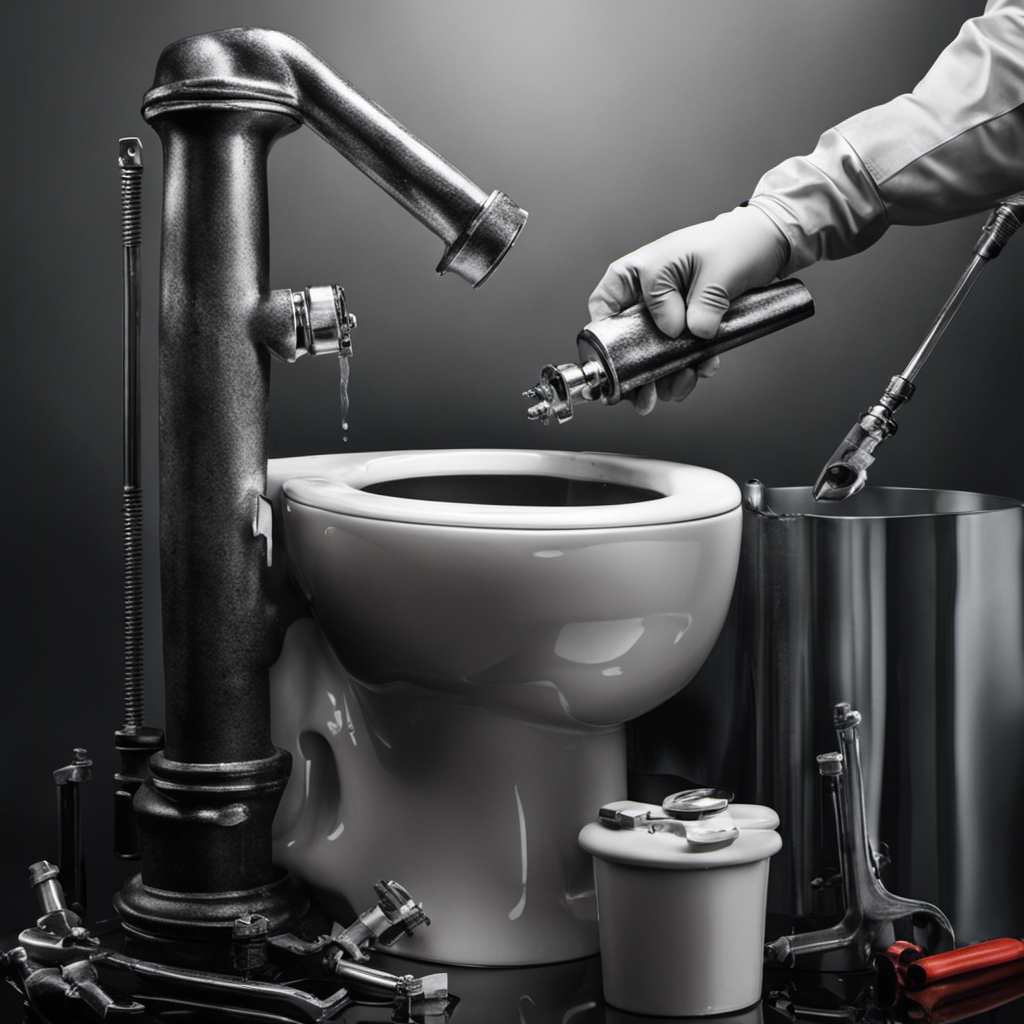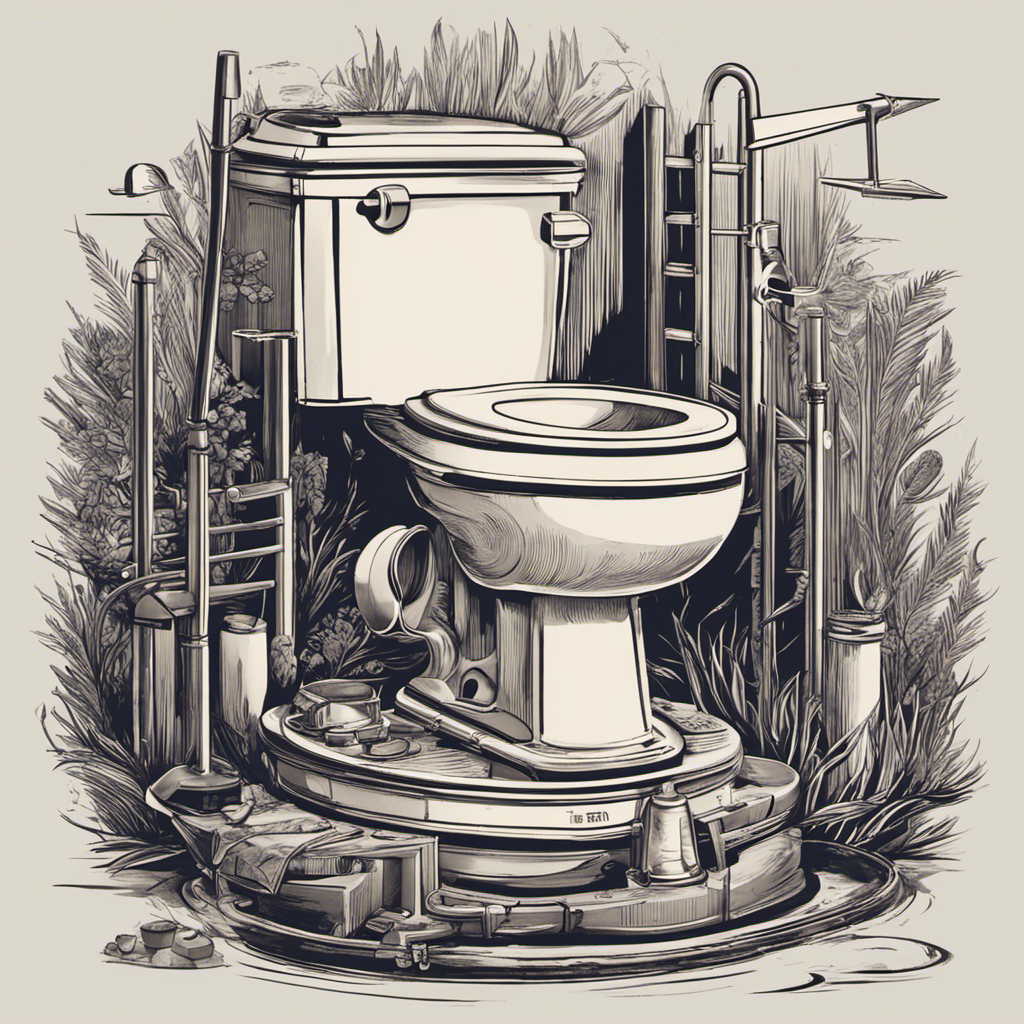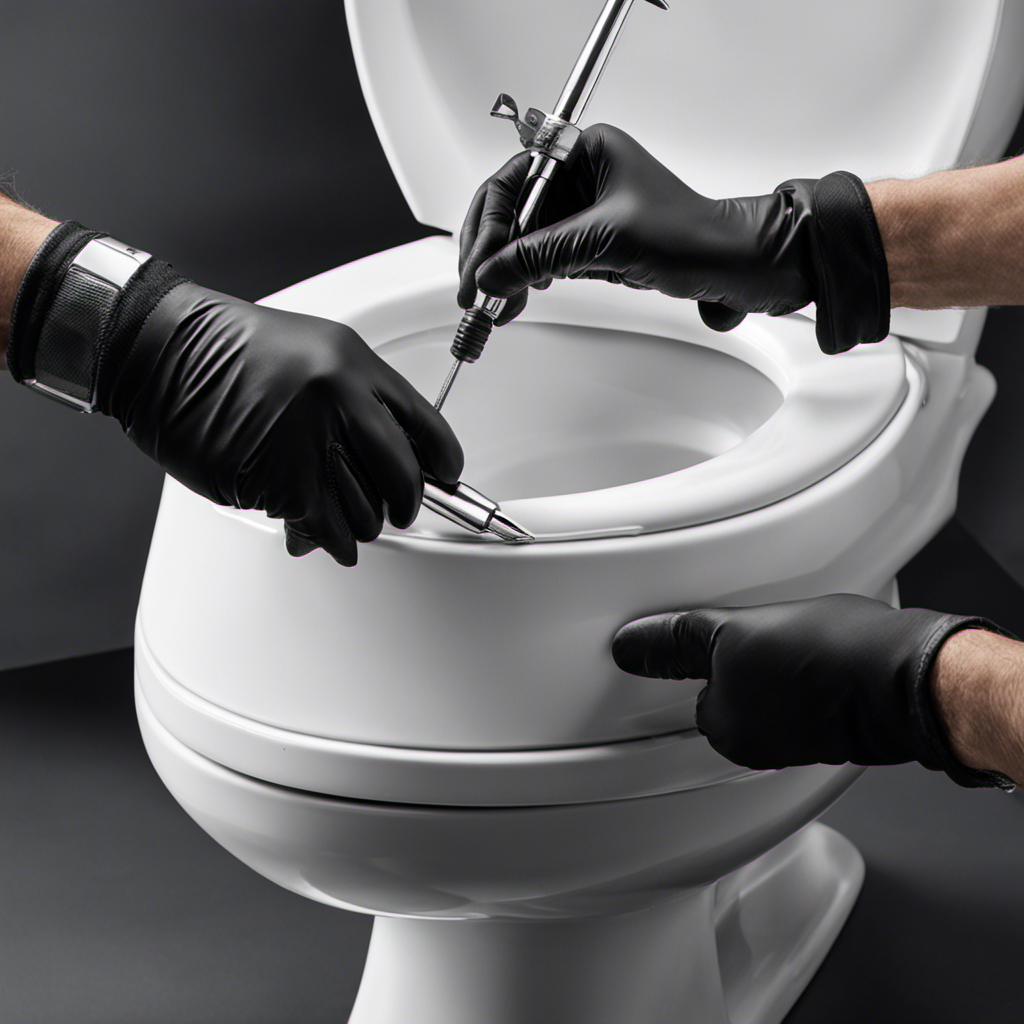We’ve all been there – stuck in a power outage, desperately needing to flush the toilet. But fear not, for we have the knowledge to conquer this predicament.
In this article, we will share with you various gravity-based methods, such as the bucket flushing technique and using a manual hand pump.
We’ll also explore alternative flushing options with water containers and even delve into the fascinating world of DIY composting toilet systems.
Get ready to master the art of flushing without electricity!

Key Takeaways
- Gravity-based flushing systems use siphon-based mechanisms to efficiently remove waste and require minimal maintenance.
- The bucket flushing technique is a simple and effective method that can be used during power outages or water shortages.
- Manual hand pumps provide a reliable solution for flushing without electricity and are cost-effective and eco-friendly.
- Alternative flushing options, such as rainwater harvesting and greywater recycling, reduce reliance on electricity and contribute to sustainability.
Gravity-Based Toilet Flushing Methods
We can use a simple and effective gravity-based system to flush toilets without electricity. Gravity-powered flushing systems rely on the force of gravity to create the necessary pressure to flush waste from the toilet bowl. These systems utilize siphon-based flushing mechanisms to efficiently remove waste and prevent clogs.
When the flush lever is activated, the water in the tank is released into the bowl. The force of gravity causes the water to flow rapidly, creating a siphoning effect that draws the waste down into the sewer or septic system. This method is reliable and requires minimal maintenance, making it an ideal choice for areas with limited or unreliable access to electricity.
Gravity-powered flushing systems are a sustainable and cost-effective solution for maintaining proper sanitation in various settings.
Bucket Flushing Technique
To flush a toilet without electricity, one can employ the bucket flushing technique. This method is simple yet effective, requiring only a bucket of water and some manual labor. By pouring the water into the toilet bowl, the force of the water displaces the waste and carries it away. This technique is especially useful in situations where electricity is unavailable or during water shortages, as it allows for bucket sanitation and water conservation techniques.

To better understand the bucket flushing technique, refer to the table below:
| Steps | Instructions |
|---|---|
| Step 1 | Fill a bucket with water, ideally around 3-5 liters. |
| Step 2 | Lift the toilet seat and lid. |
| Step 3 | Pour the water into the toilet bowl, aiming for the center. |
| Step 4 | Pour the water with enough force to create a flushing effect. |
| Step 5 | Repeat if necessary until the waste is fully flushed away. |
Now that we have covered the bucket flushing technique, let’s move on to the next topic: using a manual hand pump, which provides another alternative for flushing toilets without electricity.
Using a Manual Hand Pump
One practical solution for flushing a toilet without electricity is by utilizing a manual hand pump, which can be operated with ease and efficiency. Here are three key benefits of using a hand pump:
- Reliability: A manual hand pump isn’t dependent on electricity, making it a dependable option during power outages or in remote areas with limited access to electricity. It ensures that you can flush your toilet consistently without any interruptions.
- Cost-effective: Hand pumps are relatively inexpensive and require minimal maintenance. Regular hand pump maintenance, such as lubricating moving parts and checking for leaks, ensures its longevity and efficient operation. This cost-effectiveness makes it a practical choice for those looking for a long-term solution.
- Eco-friendly: Manual hand pumps don’t consume any energy, reducing your carbon footprint. By using a hand pump to flush your toilet, you contribute to a more sustainable lifestyle and help preserve the environment.
Alternative Flushing Options With Water Containers
With limited access to electricity, we can rely on alternative flushing options by utilizing water containers. In situations where traditional flushing methods aren’t available, rainwater harvesting and greywater recycling can provide viable solutions.

Rainwater harvesting involves collecting rainwater from rooftops and storing it in containers for future use. This water can then be used to flush toilets, reducing the need for electricity-dependent systems.
Greywater recycling, on the other hand, involves reusing water from sinks, showers, and washing machines for flushing purposes. By implementing these methods, we can minimize our reliance on electricity and contribute to a more sustainable and environmentally-friendly approach to flushing toilets.
Transitioning into the subsequent section about ‘diy composting toilet system’, let’s explore another alternative that doesn’t require electricity.
DIY Composting Toilet System
Our preferred method for a DIY Composting Toilet System involves utilizing a five-gallon bucket and a sawdust mixture. This simple and cost-effective system offers numerous benefits, including reduced water usage and the production of nutrient-rich compost.
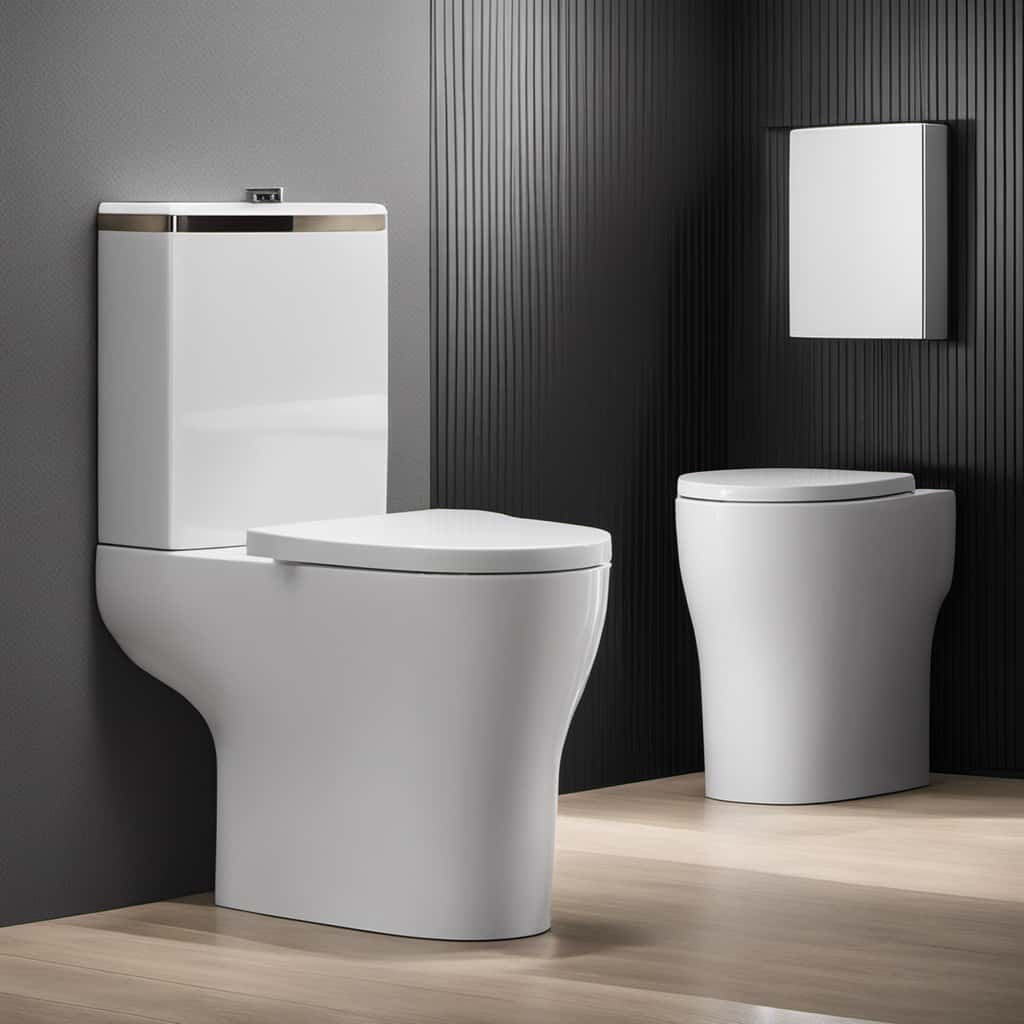
Here are three key steps to maintain a composting toilet system:
- Collect waste: Use the five-gallon bucket as the toilet bowl and line it with a compostable bag. After each use, add a layer of sawdust or other organic material to cover the waste and control odors.
- Manage moisture: It’s important to maintain the right moisture level in the composting toilet system. Add more sawdust if the mixture becomes too wet, or sprinkle water if it’s too dry.
- Regularly empty and compost: Once the bucket is full, remove the bag and seal it tightly. Transfer the bag to a designated composting area and add it to your compost pile. Remember to follow proper composting guidelines and allow the waste to decompose fully before using it as fertilizer.
Frequently Asked Questions
How Does a Gravity-Based Toilet Flushing Method Work?
A gravity-based toilet flushing method relies on the force of gravity to remove waste. It uses a tank positioned above the toilet bowl, allowing water to flow down and create the necessary pressure for flushing. This is one of the alternative flushing methods.
Can the Bucket Flushing Technique Be Used in All Types of Toilets?
Yes, the bucket flushing technique can be used in all types of toilets. It provides a reliable alternative when electricity is unavailable. Simply pour water from a bucket into the toilet bowl to initiate the flushing process.
What Is a Manual Hand Pump and How Does It Work for Flushing a Toilet?
A manual hand pump is a device used for flushing toilets without electricity. It operates by creating suction to draw water from a source and expel it into the toilet bowl. Hand pump maintenance and troubleshooting are essential for proper functionality.
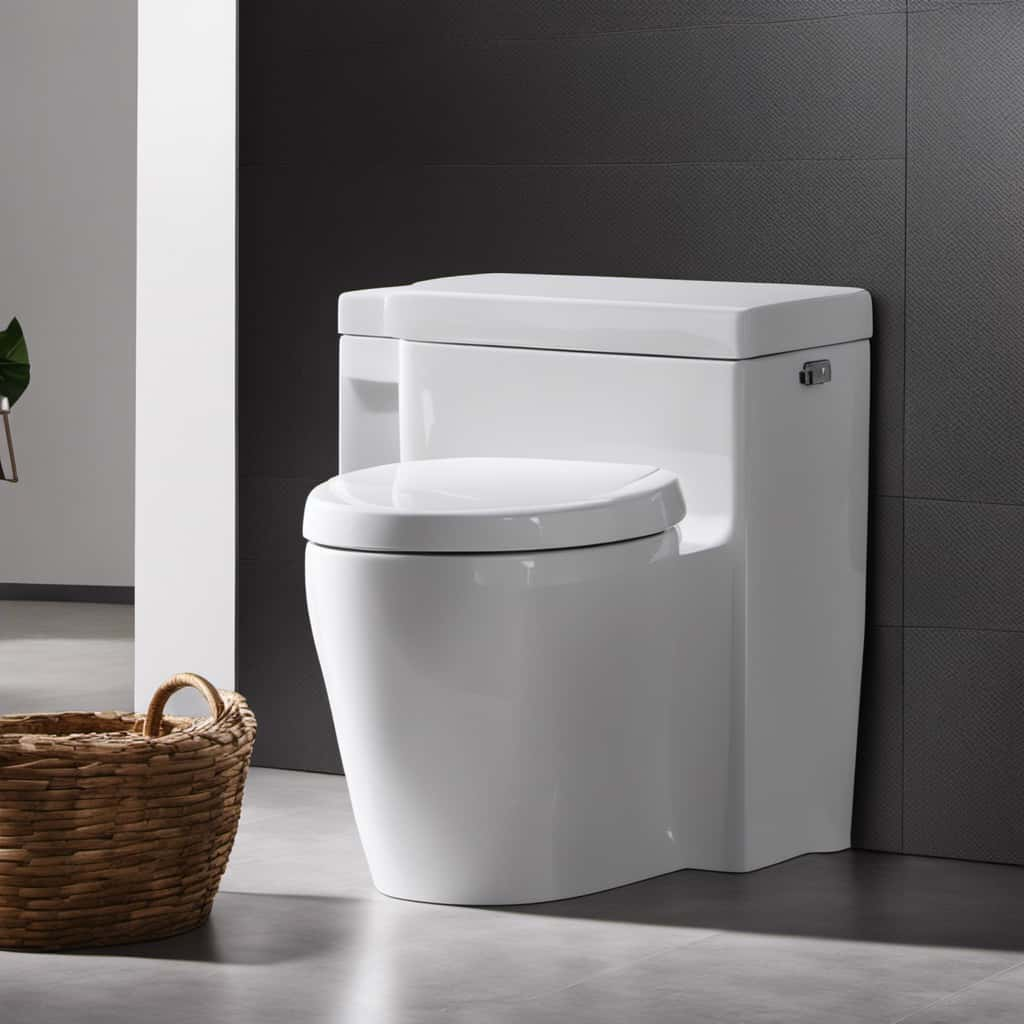
Are There Any Additional Benefits to Using Alternative Flushing Options With Water Containers?
Using alternative flushing options with water containers offers several benefits. Not only does it conserve water, but it also reduces the environmental impact of traditional flushing methods. It’s a practical and environmentally responsible choice.
How Can a DIY Composting Toilet System Be Set up and Maintained Effectively?
To set up and maintain a DIY composting toilet system effectively, it is important to follow proper guidelines. Regularly add organic materials, control moisture levels, and turn the compost to facilitate decomposition.
Conclusion
To conclude, there are several gravity-based methods to flush a toilet without electricity. Whether it’s using a bucket flushing technique, a manual hand pump, or alternative flushing options with water containers, you have options to maintain sanitation even during power outages.
Additionally, you can consider creating your own DIY composting toilet system for a sustainable and eco-friendly solution. With these techniques, you can ensure a functional toilet system without relying on electricity.
